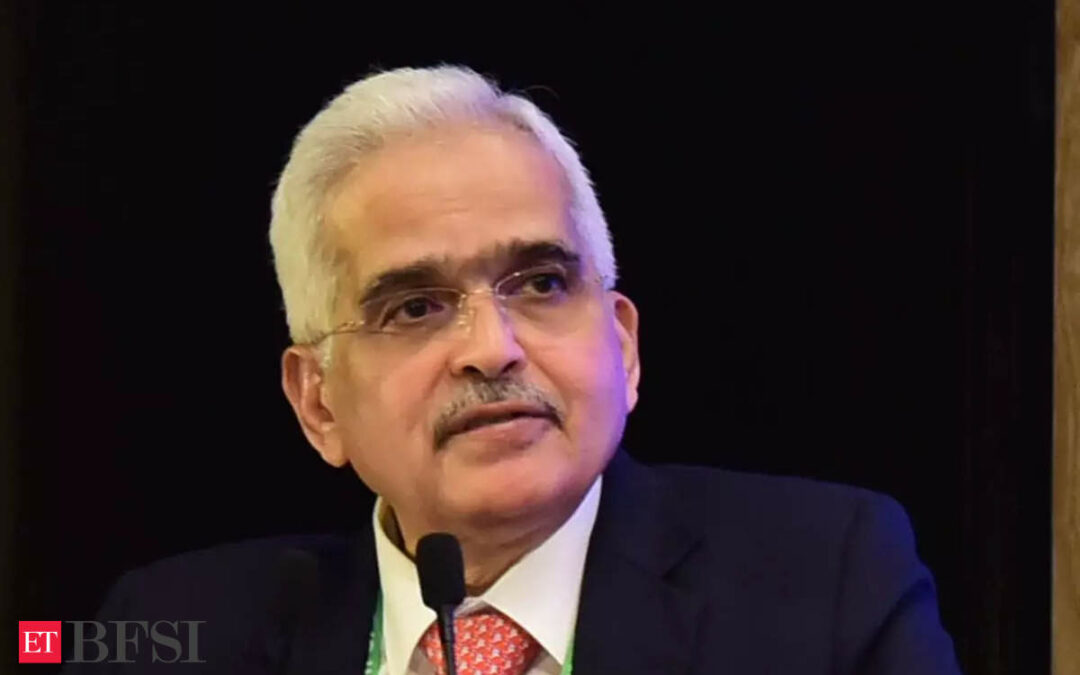The Reserve Bank of India (RBI) on Wednesday, with a majority vote of 5 out of 6, decided to keep the repo rate, the interest rate at which the RBI lends to banks, unchanged at 6.5%. RBI Governor Shaktikanta Das stated that the policy stance has shifted to neutral.
This marks the 10th consecutive time the repo rate has remained unchanged. In contrast, the U.S. Federal Reserve recently announced a rate cut, highlighting the distinct economic conditions influencing monetary policies across the globe.
India’s GDP grew by 6.7% in Q1 2024-25, driven by a surge in private consumption and investment. The share of investment in GDP reached its highest level since 2012-13. Government expenditure is also expected to rebound, providing further support to growth.
Here are the Top 10 key takeaways from RBI Governor Shaktikanta Das’ speech:
1. The real GDP growth for 2024-25 is projected at 7.2 per cent with Q2 at 7.0 per cent; Q3 at 7.4 per cent, and Q4 at 7.4 per cent. Real GDP growth for Q1:2025-26 is projected at 7.3 per cent. The risks are evenly balanced, said Shaktikanta Das.
2. The governor warned of the high inflation numbers that might emerge in September owing to Food inflation pressures could see some easing later in this financial year on the back of strong kharif sowing, adequate buffer stocks and good soil moisture conditions which are conducive for rabi sowing. Adverse weather events continue to pose contingent risks to food inflation. Core inflation, on the other hand, appears to have bottomed out.
3. The RBI announced an enhancement in UPI limits to encourage wider digital adoption. The per-transaction limit for UPI123Pay has been doubled from Rs 5,000 to Rs 10,000. Similarly, the UPI Lite wallet limit has been increased from Rs 2,000 to Rs 5,000, while its per-transaction limit has been raised from Rs 500 to Rs 1,000.
4. Das proposed banning foreclosure charges and pre-payment penalties on loans extended to Micro and Small Medium Enterprises (MSEs). This move broadens the current prohibition, which only applies to individual borrowers for non-business purposes, and is aimed at easing the burden on MSEs.
5. The RBI announced plans to establish RB-CRIS. This data repository will help financial institutions better assess and manage climate-related risks, thereby enhancing the resilience of India’s financial system to environmental shocks.
6. The banking regulator will introduce a “name look-up” facility for Real-Time Gross Settlement (RTGS) and National Electronic Funds Transfer (NEFT) systems. This will allow the remitter to verify the beneficiary’s account name before completing a transaction, enhancing the security of large fund transfers.
7. Das cautioned NBFCs, including microfinance institutions (MFIs) and housing finance companies (HFCs), against pursuing aggressive growth strategies. He called for the need for sustainable practices and warned against charging exorbitant interest rates, processing fees, and penalties. The RBI is closely monitoring the sector and may take corrective action if necessary, said the RBI Governor.
8. The RBI will maintain flexibility in liquidity management through fine-tuning operations, ensuring alignment of money market interest rates with the policy repo rate. System liquidity remained in surplus, aided by government spending, but occasional deficits were managed through proactive operations. This ensures orderly evolution of money market rates.
9. India’s forex reserves have crossed the $700 billion mark, highlighting the strength of the country’s external sector. Strong inflows from foreign portfolio investments (FPI) and foreign direct investments (FDI) have supported this growth.
10. The RBI will release a discussion paper to explore new capital-raising avenues for Urban Cooperative Banks (UCBs). This initiative is part of the RBI’s broader efforts to strengthen the UCB sector by providing them with greater flexibility in raising capital through innovative measures.













